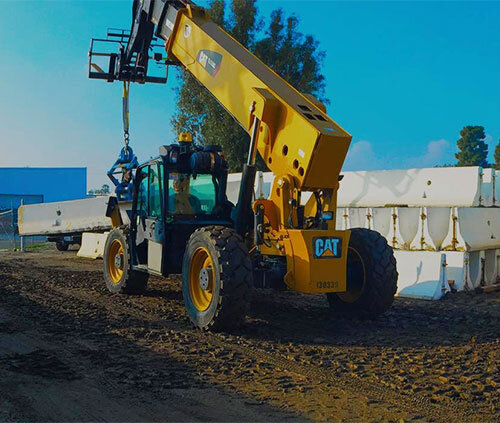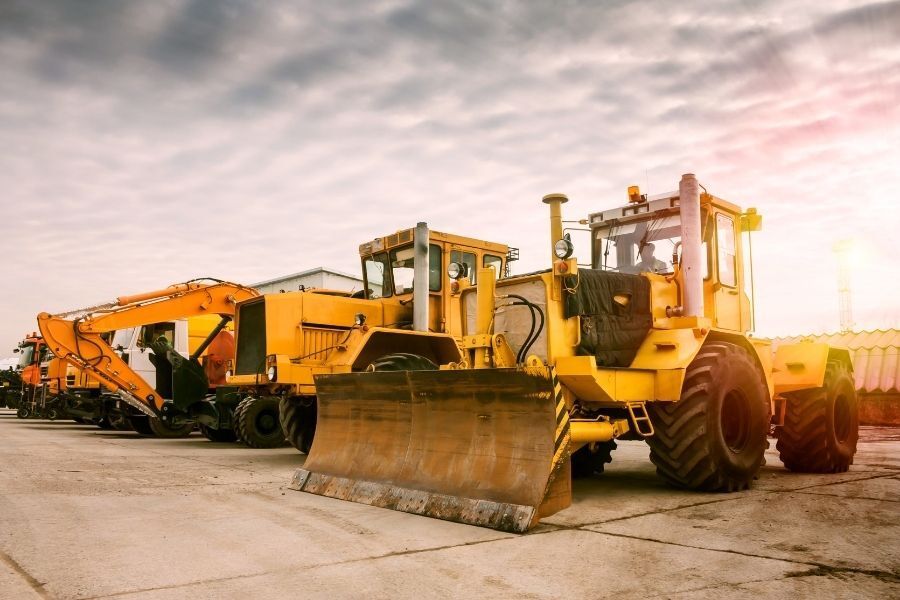Maximize Your Spending Plan by Understanding the Expenses Linked With Building Tools Leasings
Understanding the complete scope of expenses linked with building tools rentals is vital for maximizing your budget. What strategies can be utilized to properly take care of these expenses and make sure a much more effective rental experience?
Summary of Rental Costs
When taking into consideration construction tools services, recognizing the connected prices is critical for efficient budgeting and task planning. Rental prices can differ significantly based on several aspects, including tools kind, period of leasing, and location. The initial rental fee commonly mirrors the devices's market demand and its associated functional abilities, affecting the general expense.
Along with the base rental price, supplementary costs might occur, such as transportation charges, gas surcharges, and upkeep fees. It is important to represent these added expenditures to properly analyze the total price of leasing devices. Furthermore, the rental period can impact rates; longer rentals might receive discounted prices, while temporary rentals might incur greater everyday charges.

Break Down of Rental Rates
An extensive understanding of rental rates is crucial for professionals and job supervisors aiming to maximize their budgets. Rental prices for construction equipment typically consist of several parts, including base prices, time-based charges, and usage costs.
Base rates are the core costs connected with the rental of the tools, frequently determined by the type and dimension of the machinery. These rates can differ considerably, affected by aspects such as tools need, accessibility, and local market patterns. Time-based charges, which may be daily, weekly, or monthly, serve to suit various project timelines and rental durations.
Additionally, rental rates might include usage costs, which apply when devices is utilized past a specified threshold, making certain that the rental business can account for damage. Seasonal demand changes can additionally influence rental prices, with peak building seasons normally regulating greater costs.
Furthermore, recognizing the rental firm's policies concerning maintenance and insurance policy can offer additional insight right into the total price framework. By evaluating these parts, contractors can make informed decisions, making certain the option of rental equipment lines up with both job demands and spending plan restraints.
Additional Charges to Take Into Consideration
Recognizing the complexities of added fees is essential for specialists to manage their general leasing costs successfully. Beyond the typical rental rates, numerous auxiliary costs can significantly influence the overall price of tools leasing. These charges frequently include delivery and pick-up charges, which can differ based on range and logistics involved in delivering the devices to and from the work site.
Furthermore, some rental firms might impose gas surcharges if the devices is returned with much less gas than when rented out. It is likewise necessary to understand prospective cleaning fees, specifically for specific equipment that requires comprehensive upkeep after use.

Thoroughly reviewing the rental arrangement and clearing up these extra charges ahead of time can assist contractors make certain and avoid unanticipated expenses that budgets remain undamaged throughout the project lifecycle.
Upkeep and Repair Service Costs
Normal upkeep and repair service expenditures are often neglected aspects that can substantially affect the total expense of building and construction devices rentals. When renting equipment, it is critical to take into consideration not only the rental charges yet also the prospective expenses related to keeping the equipment in ideal operating problem.
Many rental companies include basic upkeep as component of the rental arrangement; however, much more substantial repairs or unexpected break downs can lead to extra expenditures. It's necessary to examine the rental contract thoroughly to comprehend what upkeep solutions are covered and what responsibilities fall on the renter.
Moreover, devices that is not properly maintained can cause inefficiencies at work website, potentially triggering hold-ups and raising task prices. To reduce these dangers, it is a good idea to carry out regular evaluations and keep open communication with the rental provider relating to any type of concerns that occur during use.
Insurance Coverage and Responsibility Expenses
Insurance and liability expenses are critical elements that can dramatically influence the general expenditure of construction tools services (rental company near me). These prices make certain that both the rental company and the client are secured from possible monetary losses developing from accidents, damages, or burglary during the rental duration

Furthermore, customers need to know any deductibles or exemptions in the insurance coverage, as these can impact prospective out-of-pocket expenditures. Understanding the terms of any type of insurance protection is important to prevent unexpected costs. Eventually, budgeting for insurance coverage and responsibility expenditures can aid make certain a smoother rental experience and safeguard versus financial threats connected with building tasks.
Verdict
To conclude, a detailed understanding of the expenses connected with building tools services is important for efficient budget administration. By examining rental prices, extra costs, upkeep expenses, and insurance policy needs, companies and people can minimize unanticipated expenses. This strategic method not just boosts cost-effectiveness yet also makes sure that projects proceed efficiently and successfully. Eventually, notified decision-making concerning devices rentals recommended you read contributes to the total success of building endeavors.
Rental prices can vary significantly based on several aspects, including devices type, period of service, and place (forklift rental). The rental duration can impact rates; longer leasings might certify for click here now discounted prices, while temporary rentals might sustain greater daily fees
By carrying out detailed study and engaging with respectable rental business, contractors can effectively browse the intricacies of rental prices, ultimately optimizing their monetary resources.
Past the typical rental rates, various auxiliary charges can dramatically affect the complete cost of tools leasing. Rental business typically offer liability insurance that covers injuries to third events or damage to building, while tools damage insurance can cover the price of repairs or substitute if the leased tools is harmed.
Comments on “Forklift Rental: Heavy Training Equipment for Warehousing and Much more”